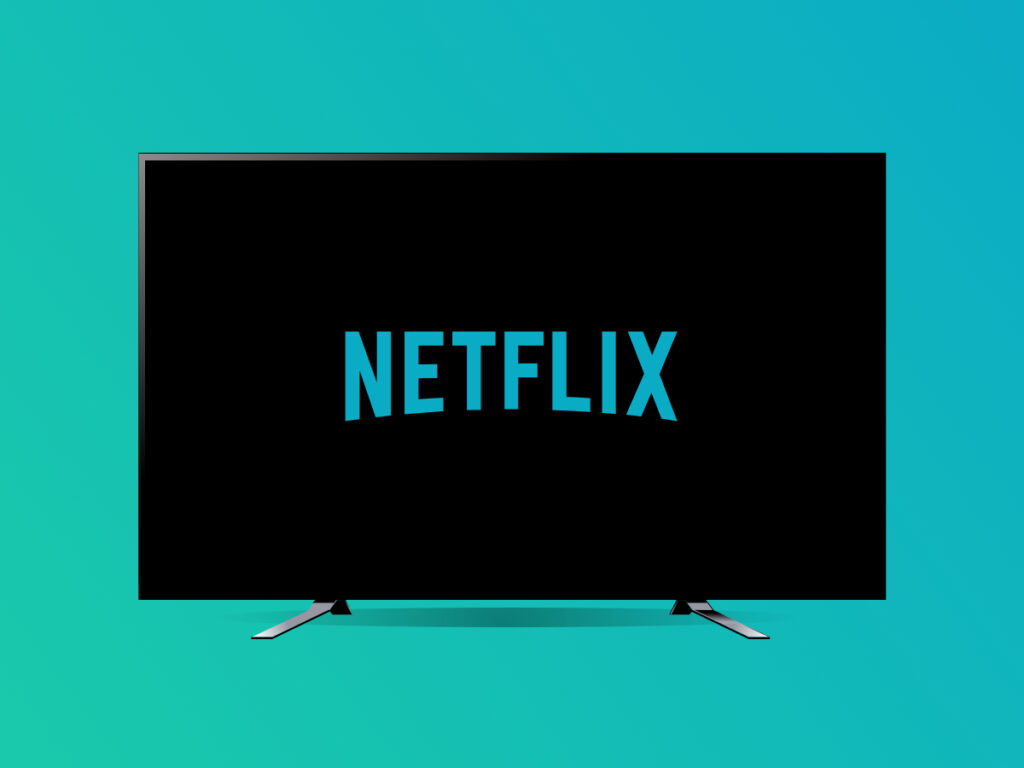Seeing Connected TV Through a Search Marketer Lens
by Jaci Schreckengost
3 Min Read
CES 2024: Stagwell (STGW) and MNTN Announce Partnership in Unified Performance SolutionsLearn More

5 Min Read
No one stays on top forever. It’s a lesson that Blockbuster Video learned when an upstart named Netflix started mailing DVDs. And now that axiom applies to Netflix, who – for the first time in over a decade—reported its first quarterly subscriber loss. Following the news, share prices have plummeted and Netflix has admitted to being outfoxed by competitors like HBO and Disney. But perhaps most surprising of all is that Netflix—the streaming giant that prided itself on being ad-free—looks to be embracing ads to get back on top.
The world of Connected TV advertising is about to shake up again.
Netflix’s quarterly earnings were not what investors or the company had hoped for, with the company reporting 221.6 million global subscribers. While that number sounds high, that’s a loss of 200,000—the first time that the company has reported a quarterly subscriber loss since October 2011. The report has been startling for industry watchers, as Netflix originally projected to hit 2.5 million net added subscribers during the time frame.
Things look even more dire going forward, as Netflix now projects to lose another 2 million viewers in the second quarter, despite a crowded slate of programming including Ozark and Stranger Things. Netflix shares quickly cratered following the news, with stock prices down nearly 35% the following trading day to under $226 a share. Netflix has admitted to both the COVID-19 subscriber boom clouding its outlook and increased competition encroaching on a space that it was used to having all to itself. If the early days of streaming were defined by Netflix and Hulu, the next wave looks a lot more varied—and Netflix has found they’re no longer sitting at the top, invincible. At least, not without some changes.
In a Tuesday analyst interview to discuss first-quarter results, Netflix Chairman and Co-Chief Executive Reed Hastings laid out a few strategies to combat subscriber loss including cracking down on password sharing—and a Netflix ad-tier offering. “Those who have followed Netflix know that I’ve been against the complexity of advertising and a big fan of the simplicity of subscription,” Mr. Hastings said. “But as much as I’m a fan of that, I’m a bigger fan of consumer choice. And allowing consumers who would like to have a lower price and are advertising-tolerant [to] get what they want, makes a lot of sense.”
This is, of course, a major course correction for Netflix—and it comes on the heels of their competitors both eating into profits and offering ad-tier subscriptions of their own. Disney+, Netflix’s most significant rival in the streaming space, already announced a cheaper ad-tier offering that will arrive by end of year, and HBO Max unveiled the same last year. Hastings was not shy about admitting that they’re taking a page from their competitors’ playbook by noting, “It’s working for Hulu, Disney’s doing it, HBO did it. All these companies have figured it out. I’m sure we’ll just get in and figure it out, as opposed to test and maybe do it or not do it.”
As Hastings noted, a Netflix ad tier is being driven by its competitors – and will offer subscribers “choice.” That clearly signals a reduced-cost solution, similar to how Hulu, HBO Max, and Disney+ operate. Per Hastings, “Allowing consumers who would like to have a lower price and are advertising tolerant get what they want makes a lot of sense.” He went on to note that the company is not viewing the ad-supported model as a “short-term fix,” but promised that consumers who don’t want to see ads will continue to be offered ad-free plans.
A more cost-friendly version of Netflix will be welcome news for many, especially after the platform hiked prices in January—a move intended to drive revenue but also resulted in 600,000 lost customers. Patrick Morrell, Director of Partnerships EMEA at The Trade Desk, notes that Netflix would be the “envy of other broadcasters” due to its wealth of first-party data from logged-in users. According to Morrell, “Netflix should consider working with programmatic, data-driven technology to make the most of the flexibility and immediacy it offers.”
Omnicom Media Group’s Danny Hopwood concurs, saying “Netflix is data-rich. From day one it has had cloud storage, rich audience insights, and email addresses to pin it to. Many advertisers value what they have seen from CTV and broadcast in terms of insights. Netflix could bring to them a whole different curve of information on what users are watching and when, and find optimal ways to tie viewings to ad opportunities, just like they have with viewers to a recommended show.”
Does Hopwood’s comments above sound familiar? That’s because premium CTV advertising platforms like MNTN Performance TV already offer solutions for advertisers to use a wealth of data and comprehensive targeting solutions. The result is a chance to incorporate first-and-third party data to always hit your target audience and get valuable performance insights to drive campaigns.
Netflix’s challenge to the throne is a result of the explosion in streaming services over the last few years—and that boom has resulted in a lot of services vying for the same consumer attention and dollars. As a result, subscription fatigue has started to set in for many viewers— resulting in many embracing ad-supported TV content that either removes or lowers the cost of entry in exchange for a few ads. 73% of consumers polled say they prefer “ad-supported CTV viewing” over a “no ads” premium model, and 60% of viewers prefer streaming shows with ads customized to them. And as viewers migrate to ad-tier streaming, advertisers are realizing the benefits in following them – the ability to target the ideal viewer, serve them ads, and measure success. As the last big holdout, Netflix’s embracing of ads signals a new era of Connected TV and how brands—and viewers—interact with each other.